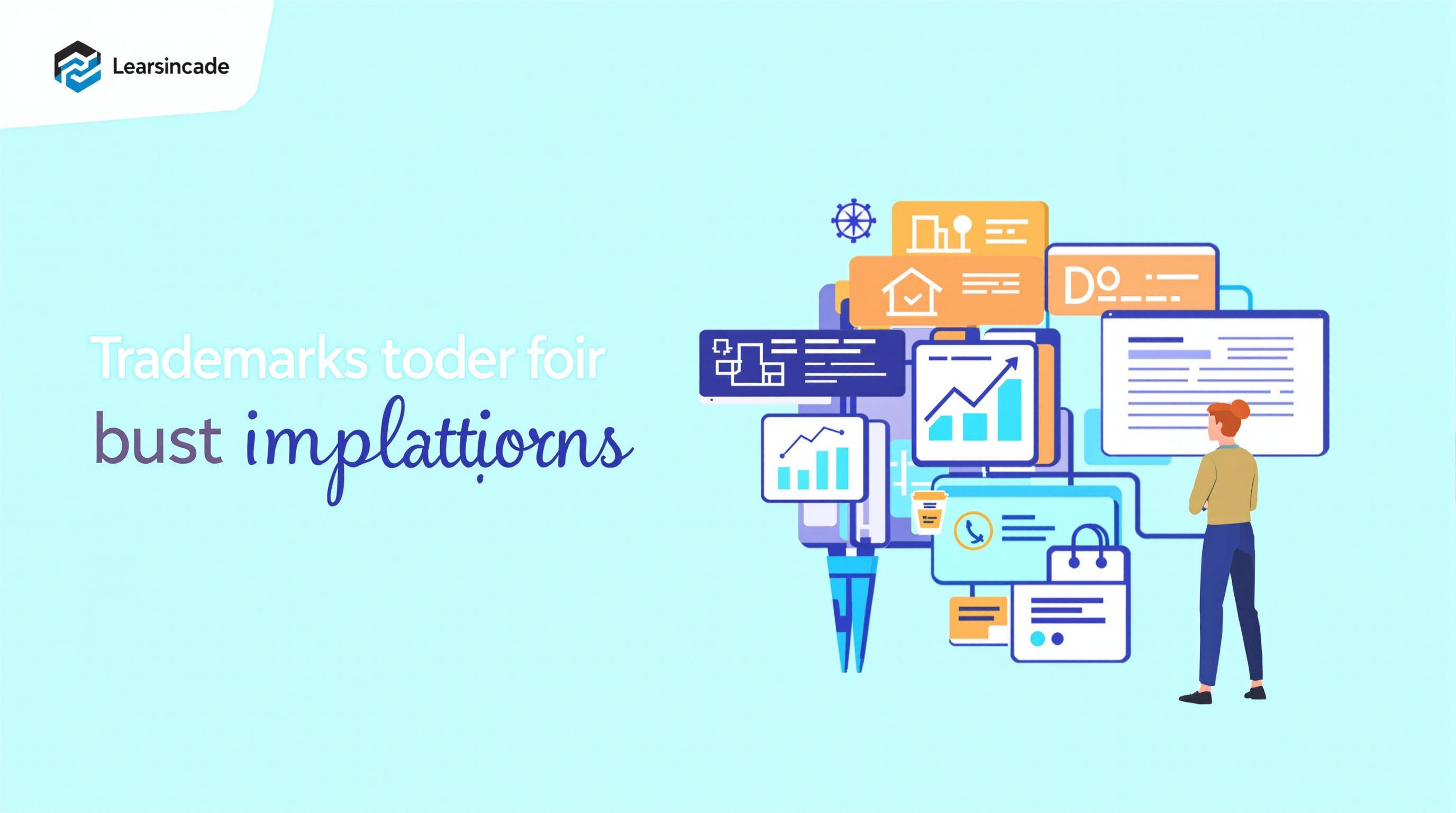Related Articles
- The Role of Cultural Norms and Social Pressure in Shaping Corporate Tax Behaviors Across Borders
- Top 6 Game-Changing HR Analytics Platforms Since 2019 Revolutionizing Employee Rights Enforcement
- The Unexpected Impact of Cultural Appropriation on Copyright Claims and Creative Ownership Debates
- Unveiling the Role of AI in Detecting Counterfeit Trademarks Before Official Approval
- The Quiet Impact of Cultural Nuances on Negotiation Dynamics in Global Business Agreements
- The Hidden Role of Psychometric Profiling in Choosing Co-Founders for Startup Success
Top 7 Game-Changing Solutions Launched Since 2019 That Streamline Brand Protection and Approval
Top 7 Game-Changing Solutions Launched Since 2019 That Streamline Brand Protection and Approval
Top 7 Game-Changing Solutions Launched Since 2019 That Streamline Brand Protection and Approval
1. AI-Powered Trademark Monitoring Platforms
Since 2019, AI-powered trademark monitoring platforms have revolutionized the way brands protect their intellectual property. These systems use machine learning algorithms to scan thousands of online databases, marketplaces, and social media platforms in real-time. The technology can detect potential trademark infringements faster and more accurately than traditional methods.
Companies like TrademarkNow and Red Points have developed solutions that use artificial intelligence to offer predictive analytics and risk assessments. This enables legal teams and brand managers to take proactive measures before a violation escalates, reducing the time between detection and action significantly.
According to a 2021 report by IAM Media, these platforms have improved trademark dispute intervention times by over 40%, enabling brands to maintain tighter control over their assets in an increasingly digital marketplace.
2. Blockchain-Based Approval Workflows
Blockchain technology has emerged as a disruptive force in brand approval workflows with its promise of transparency, security, and traceability. Launched post-2019, blockchain solutions provide immutable records of brand content approvals, ensuring accountability at every step.
Platforms like IBM's Blockchain Transparent Supply and startups such as BrandShield utilize decentralized ledgers to chronicle the entire approval lifecycle. This helps brands prevent unauthorized changes, reduce approval cycle times, and build trust across global teams and vendors.
Industry experts note that blockchain's integration into brand protection has minimized unauthorized usage and counterfeiting by creating verifiable brand authenticity, which is crucial for luxury and consumer goods sectors.
3. Automated Digital Rights Management (DRM) Systems
Automated Digital Rights Management systems launched over the last few years have streamlined how brands manage and enforce intellectual property rights in digital environments. These solutions automate licensing, usage tracking, and rights enforcement at scale.
Companies such as Digimarc and Rightsline use AI and cloud-based systems to provide brand owners with dashboards for real-time monitoring of digital asset usage. Automated alerts and usage reports help promptly identify unauthorized or expired use, safeguarding brand integrity.
With online content proliferation, these DRM solutions are vital for brands to monetize their assets effectively while minimizing legal exposures and unauthorized proliferation.
4. Cloud-Based Asset Approval Platforms
Launched since 2019, cloud-based asset approval platforms have made the brand review and approval process highly collaborative and efficient. These tools enable brand teams to upload, edit, and approve creative assets in one centralized hub accessible globally.
Systems such as Bynder and Aprimo provide version control, real-time commenting, and automated workflow routing. This elimination of manual paperwork and email threads results in faster turnaround times and fewer errors during campaign launches.
The cloud-based nature allows seamless integration with other marketing and project management tools, providing a comprehensive view of the asset lifecycle from creation to deployment, thus safeguarding brand consistency.
5. AI-Driven Counterfeit Detection Technologies
Counterfeiting remains one of the biggest threats to brand value. Since 2019, AI-driven counterfeit detection technologies have improved brand protection through advanced image recognition, pattern matching, and consumer engagement.
Startups such as Entrupy and OpSec Security deploy AI cameras and smartphone apps that authenticate products at point-of-sale or through consumer interactions. This helps in combating counterfeit goods before they reach the market or deceive customers.
These solutions not only protect revenue but also preserve consumer trust by ensuring product authenticity in supply chains that are growing increasingly complex and global.
6. Integrated Compliance Management Systems
Compliance is critical in brand communications, especially given complex regulatory environments across regions. Since 2019, integrated compliance management systems have transformed brand approval by embedding regulatory checks directly into content workflows.
Platforms like ComplyAdvantage and TrustArc automate compliance audits related to advertising standards, data privacy laws, and environmental claims. This proactive approach reduces costly post-release corrections and legal risks.
By aligning brand messaging with real-time regulatory updates, these systems help maintain brand reputation and ensure fast, compliant market entry across diverse jurisdictions.
7. Real-Time Social Media Brand Protection Tools
Social media is both a blessing and a curse for brands, providing immense reach but also heightened risk for reputation damage and infringement. Since 2019, real-time social media brand protection tools have empowered brands to monitor mentions, hashtags, and visuals continuously.
Solutions by companies such as Brandwatch and Talkwalker combine AI sentiment analysis with image recognition to detect unauthorized logo use or negative sentiment outbreaks immediately. This enables rapid response from brand teams to mitigate crises.
The ability to respond swiftly to emerging social media risks has become a vital component of holistic brand protection strategies in a data-driven, always-on marketing environment.
Summary
The past five years have seen remarkable innovation in brand protection and approval technologies. From AI-driven trademark monitoring and counterfeit detection to blockchain-enabled approval workflows, these game-changing solutions have enhanced speed, security, and compliance.
Cloud-based asset approvals, automated DRM, and integrated compliance systems have streamlined complex processes, breaking down silos across brand teams and legal departments. Meanwhile, real-time social media monitoring tools ensure brands stay vigilant in an increasingly interconnected digital world.
As branding extends beyond traditional boundaries, these tools represent indispensable assets that empower companies to protect their identity, maintain consumer trust, and accelerate go-to-market readiness with confidence.
References
1. IAM Media, "Impact of AI on Trademark Enforcement," 2021.
2. IBM Blockchain Transparent Supply Overview, 2020.
3. Entrupy Official Website, 2023.
4. Brandwatch Social Media Monitoring FAQs, 2022.




